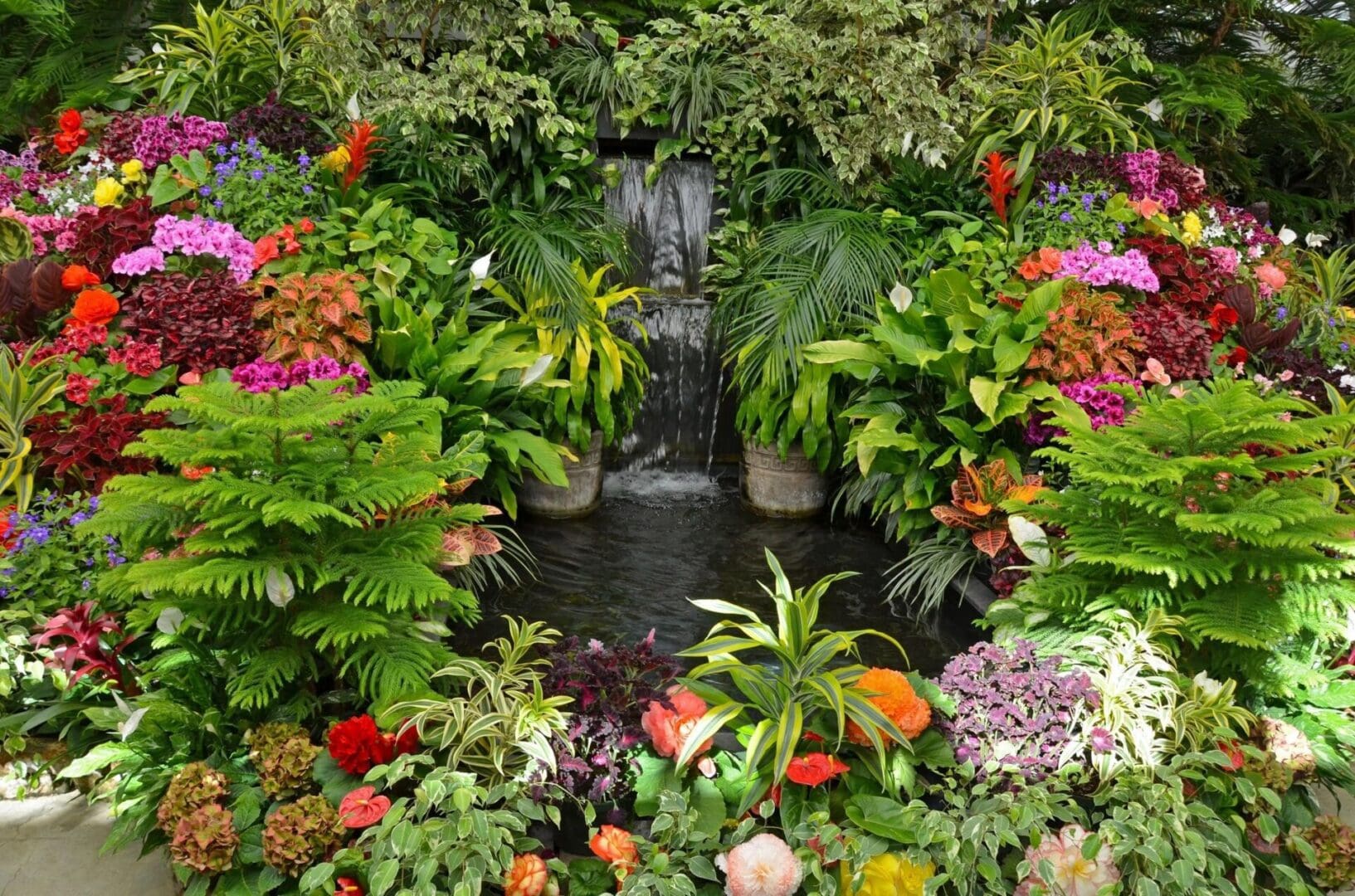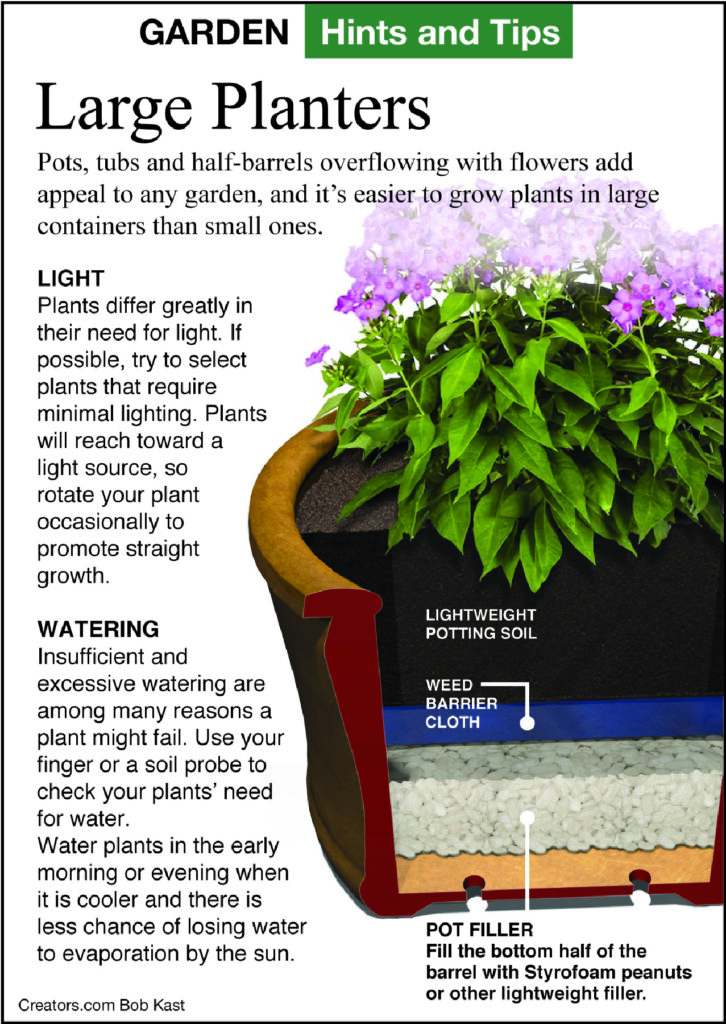Search Posts
Recent Posts
- Vinny Paz to be inducted TODAY into the International Boxing Hall of Fame – CES Boxing June 7, 2025
- In the News… quick recap of the week’s news (6.7.25) June 7, 2025
- Burn with Kearns: Strong without the spend: How scraps became strength tools – Kevin Kearns June 7, 2025
- Rhode Island Weather for June 7, 2025 – Jack Donnelly June 7, 2025
- How to advocate for threatened properties: The Heritage Alliance of Pawtucket June 7, 2025
Categories
Subscribe!
Thanks for subscribing! Please check your email for further instructions.

A Greener View: Waterlogged Barrel Planters – Jeff Rugg
by Jeff Rugg, contributing writer
Q: I bought a half-barrel to use as a planter. It does not have drainage holes. Besides the regular watering I do for the plants, we have had more rain than usual. Now the barrel is at least half full of water. The plants are starting to drown. I don’t want to drill holes in the bottom. Can I just add some gravel to the bottom for drainage? I didn’t add gravel in the first place because it would make the barrel too heavy. I did think that the plants don’t need a whole barrel of expensive potting soil and the gravel is cheaper.
A: Many people think that adding gravel to the bottom of a pot or to the bottom of a hole in the ground when they are planting a tree will give the pot or hole good drainage. I have to ask: Where do you think the water is going to go? It will fill the space between the rocks, but it isn’t going to leave the pot.
I can understand your reluctance to add drain holes because you think the pot may be useful in the future if it doesn’t have holes in it. But as a flowerpot, it needs either drainage or shoreline plants that need wet soil.
Even on flowerpots that have drainage holes, some people will add gravel to the bottom of the pot for drainage. In this case, the water was going to go out of the holes anyway and the gravel again does nothing beneficial.

Adding gravel to the bottom of the pot or garden hole in the landscape actually worsens the situation. Water moves through the soil in large and small pores. Large ones, like those made by worms, can move water quickly, and they allow air to move in the soil too.
Small pores can be microscopic in size, and they allow water to be retained in the soil for plant roots to use. Water has surface tension that connects the molecules together. When water moving in a pore gets to a larger pore, it does not automatically move into the larger pore. It must build up pressure behind it to force it to overcome the surface tension and flow into the open space below.
Imagine a large, flat sponge. It has lots of large and small pores, just like soil. Submerge it in water to get all the air out of the pores. Take it out of the water and you will see water flow out of the large pores, but then it will stop, and you can see water hanging on the bottom of the sponge. There is not enough water pressure above it in the sponge to move the water into the open space below. The top of the sponge will be damp, but the bottom of the sponge will remain saturated and waterlogged.
The same thing happens to the soil above the gravel in the pot or hole. The water pressure will not be strong enough to force the water into the large pores below. The soil above the gravel will be waterlogged and drown any roots in that area.
If you are just planting some annuals in the half-barrel, they do not need the whole barrel full of soil. Filling the bottom half of the barrel with Styrofoam peanuts or other lightweight filler can make the barrel easier to move and still give the plants enough soil to grow in. Use a weed barrier cloth between the soil and the peanuts or put them in plastic bags so they do not become clogged with dirt. The peanuts won’t help with the drainage problem.
Email questions to Jeff Rugg at info@greenerview.com.
COPYRIGHT 2023 JEFF RUGG, DISTRIBUTED BY CREATORS
To read more columns on gardening by Jeff, go to: https://rinewstoday.com/?s=jeff+rugg
___

Email questions to Jeff Rugg at info@greenerview.com.
To find out more about Jeff Rugg and read features by other Creators Syndicate writers and cartoonists, visit the Creators Syndicate website at www.creators.com.
COPYRIGHT 2023 JEFF RUGG – DISTRIBUTED BY CREATORS
